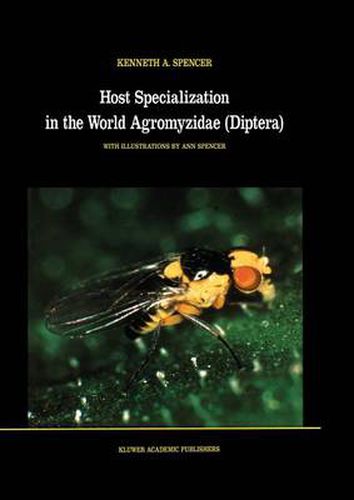Readings Newsletter
Become a Readings Member to make your shopping experience even easier.
Sign in or sign up for free!
You’re not far away from qualifying for FREE standard shipping within Australia
You’ve qualified for FREE standard shipping within Australia
The cart is loading…






This title is printed to order. This book may have been self-published. If so, we cannot guarantee the quality of the content. In the main most books will have gone through the editing process however some may not. We therefore suggest that you be aware of this before ordering this book. If in doubt check either the author or publisher’s details as we are unable to accept any returns unless they are faulty. Please contact us if you have any questions.
Phytophagous insects represent a very particular not really belong to their host plant range. This may group of organisms. Firstly, their number amounts lead to mistaken conclusions especially in regions to more than one quarter of all recent species (ex where only few observations were possible, as well cluding fungi, algae and microbes) and together with as in the case of uncommon insect species. Fourthly, the green plants on which they feed they form al the great majority (99. 4%) of the agromyzid species most one half of all living species described so far. studied show a high degree of host specialization Secondly, their overwhelming majority shows very which makes these insects especially suitable for narrow host plant specialization, that is they feed taxonomic-phylogenetic considerations. only on one or a few, mostly closely related plant With such an enormous amount of data, it may species, a characteristic that led J. H. Fabre to elab have been tempting to draw far-reaching conclu orate the notion of the ‘insects’ botanical instinct’ a sions. However, the author has been very careful in century ago. doing this.
$9.00 standard shipping within Australia
FREE standard shipping within Australia for orders over $100.00
Express & International shipping calculated at checkout
This title is printed to order. This book may have been self-published. If so, we cannot guarantee the quality of the content. In the main most books will have gone through the editing process however some may not. We therefore suggest that you be aware of this before ordering this book. If in doubt check either the author or publisher’s details as we are unable to accept any returns unless they are faulty. Please contact us if you have any questions.
Phytophagous insects represent a very particular not really belong to their host plant range. This may group of organisms. Firstly, their number amounts lead to mistaken conclusions especially in regions to more than one quarter of all recent species (ex where only few observations were possible, as well cluding fungi, algae and microbes) and together with as in the case of uncommon insect species. Fourthly, the green plants on which they feed they form al the great majority (99. 4%) of the agromyzid species most one half of all living species described so far. studied show a high degree of host specialization Secondly, their overwhelming majority shows very which makes these insects especially suitable for narrow host plant specialization, that is they feed taxonomic-phylogenetic considerations. only on one or a few, mostly closely related plant With such an enormous amount of data, it may species, a characteristic that led J. H. Fabre to elab have been tempting to draw far-reaching conclu orate the notion of the ‘insects’ botanical instinct’ a sions. However, the author has been very careful in century ago. doing this.